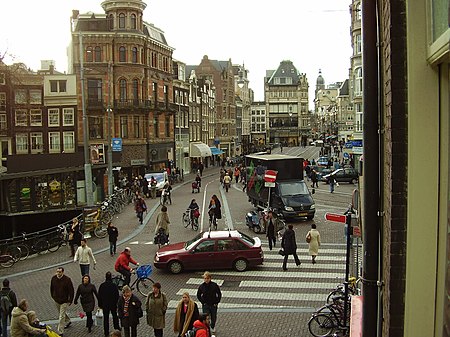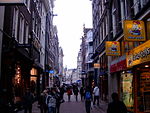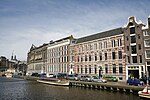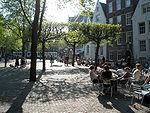The University of Amsterdam (abbreviated as UvA, Dutch: Universiteit van Amsterdam) is a public research university located in Amsterdam, Netherlands. The UvA is one of two large, publicly funded research universities in the city, the other being the Vrije Universiteit Amsterdam (VU). Established in 1632 by municipal authorities and later renamed for the city of Amsterdam, the University of Amsterdam is the third-oldest university in the Netherlands. It is one of the largest research universities in Europe with 31,186 students, 4,794 staff, 1,340 PhD students and an annual budget of €600 million. It is the largest university in the Netherlands by enrollment. The main campus is located in central Amsterdam, with a few faculties located in adjacent boroughs. The university is organised into seven faculties: Humanities, Social and Behavioural Sciences, Economics and Business, Science, Law, Medicine, Dentistry.
The University of Amsterdam has produced six Nobel Laureates and five prime ministers of the Netherlands. The university has been placed in the top 100 universities in the world by five major ranking tables. By the QS World University Rankings it was ranked 55th in the world, 14th in Europe, and 1st in the Netherlands in 2022. The UvA was placed in the top 50 worldwide in seven fields in the 2011 QS World University Rankings in the fields of linguistics, sociology, philosophy, geography, science, Economics and econometrics, and accountancy and finance.
In 2018 and 2019 the two departments of Media and Communication were commonly ranked 1st in the world by subject by QS Ranking.
Close ties are harbored with other institutions internationally through its membership in the League of European Research Universities (LERU), the Institutional Network of the Universities from the Capitals of Europe (UNICA), European University Association (EUA) and Universitas 21.











